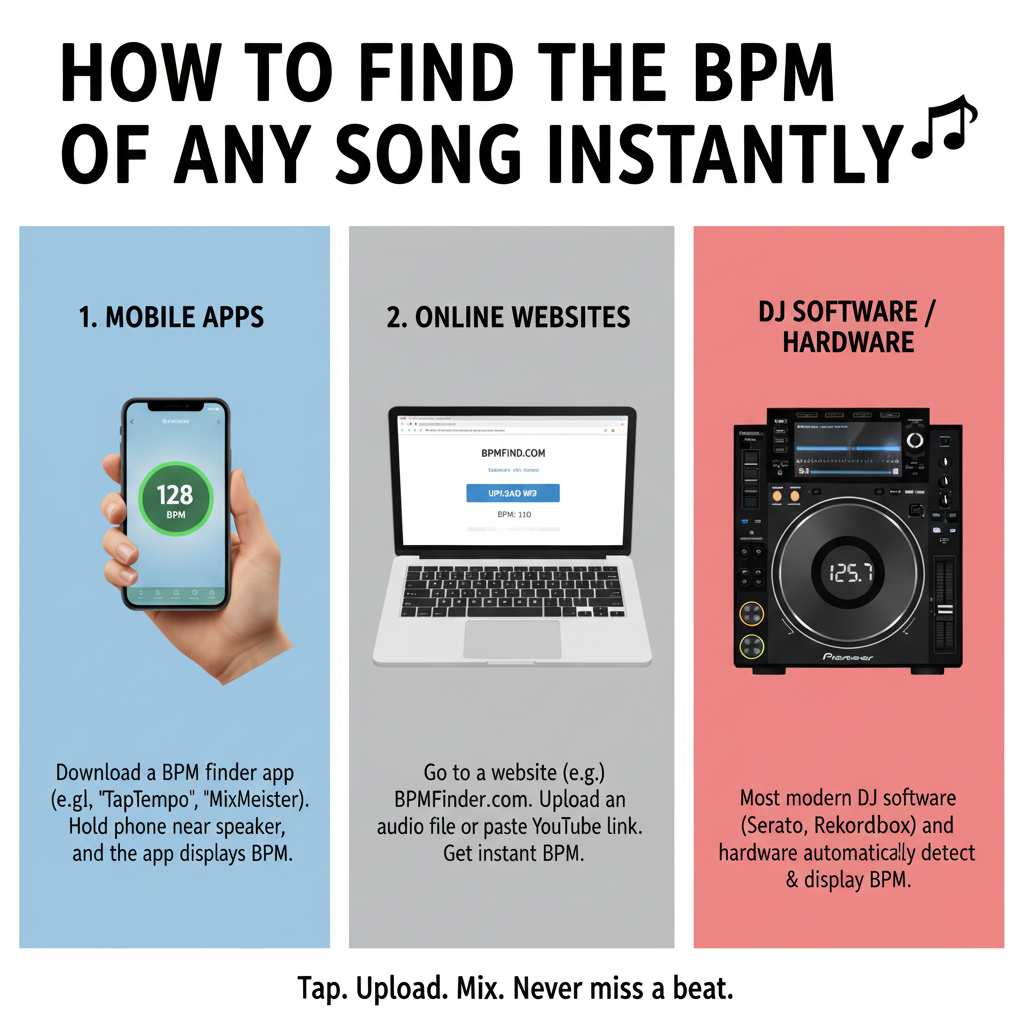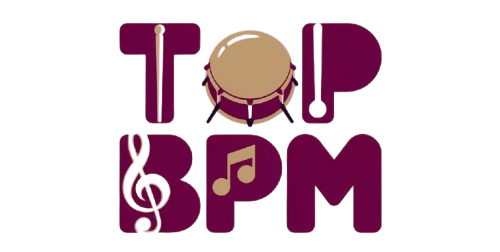
Ever found yourself tapping your foot to a song, wondering, “What’s the tempo of this track?” Whether you’re a budding music producer, a DJ, or just a curious music enthusiast, knowing the BPM of a song can open up a world of possibilities. Let’s explore how you can determine the beats per minute (BPM) of any song instantly.
What is BPM?
Beats Per Minute (BPM) is a unit of measurement that indicates the tempo of a song. It tells you how many beats occur in one minute. For instance, a song with 120 BPM has 120 beats in a minute. Understanding BPM is crucial for various musical applications, from composing and arranging to DJing and fitness routines.
Ways to Find a Song’s BPM Instantly
a) Use an Online BPM Finder
One of the quickest ways to determine a song’s BPM is by using an Online BPM calculator. Tools like Tap BPM allow you to tap along with the song’s beat, and the tool calculates the tempo for you. This method is especially handy when you’re on the go or don’t have access to professional software.
b) Try a Mobile App
Several mobile applications are designed to detect the BPM of a song. Apps like Tap Tempo: Tap BPM Counter let you tap along to the rhythm, and they calculate the BPM instantly. These apps are perfect for musicians and DJs who need to determine the tempo while on the move.
c) Built-in DJ Software
If you’re working with DJ software like Serato or Traktor, these programs often come with built-in BPM detection features. They analyze the track and display the BPM automatically, saving you time and effort.
d) Tap Tempo Manually
For a more hands-on approach, you can tap along with the song’s beat using your keyboard or mouse. Online tools like Tap BPM or TapTempo.io allow you to tap the spacebar or click your mouse in time with the music, and they calculate the BPM for you. This method is simple and effective, especially when you don’t have access to specialized software.
Why Knowing BPM is Useful
Understanding the BPM of a song is essential for various reasons:
- Beat Matching: DJs use BPM to match the tempo of different tracks, ensuring smooth transitions during sets.
- Music Production: Producers use BPM to set the tempo of their projects, ensuring consistency and cohesion in their compositions.
- Fitness Routines: Certain BPM ranges are ideal for different types of workouts. For example, 120-130 BPM is suitable for moderate-intensity exercises.
- Music Analysis: Knowing the BPM helps in analyzing the structure and feel of a song.
Quick Tips for Accurate BPM Detection
- Tap Consistently: Ensure your taps are consistent and in sync with the song’s rhythm.
- Use Multiple Methods: Cross-check the BPM using different tools or methods to ensure accuracy.
- Consider the Genre: Different genres have typical BPM ranges. For instance, electronic dance music often ranges between 120-130 BPM.
- Adjust for Time Signatures: Most songs are in 4/4 time, but some may have different time signatures, affecting the BPM calculation.
Conclusion
Determining the BPM of a song is a valuable skill for anyone involved in music. Whether you’re producing tracks, DJing, or just curious about a song’s tempo, knowing how to find the BPM can enhance your musical experience. Tools like Tap BPM offer a simple and effective way to calculate the tempo, making it accessible for everyone. So, the next time you’re listening to a track and wonder about its BPM, remember these methods, and you’ll have the answer in no time.
